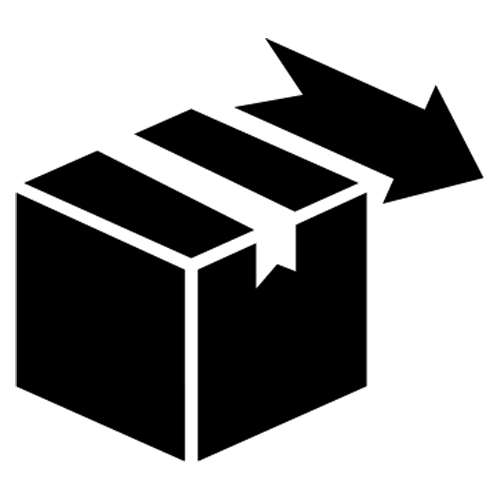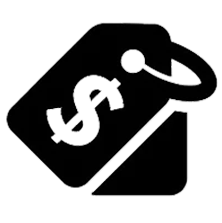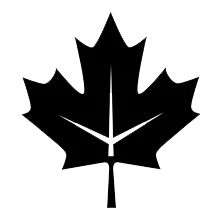Bauer NME 4 Youth Goalie Mask
- 0 left in stock
Free Shipping $100+

Fast Easy Returns

Best Price Promise

Ships Canada Only
If you're after an inexpensive mask for recreational ice or ball hockey, Bauer NME 4 Youth Goalie Mask is a great start. The injection molded polycarbonate shell is specially developed to take impact in cold temperatures, making it an ideal choice to maximize bang-for-buck. Inside, Bauer uses the same beige Vitryl-Nitrate liner found inside many pro masks to help reduce energy transfer to the head.
- LEXAN EXL Polycarbonate shell
- Soft VN dual-density mechanically attached liner
- Carbon steel round wire cage
If you're after an inexpensive mask for recreational ice or ball hockey, Bauer NME 4 Youth Goalie Mask is a great start. The injection molded polycarbonate shell is specially developed to take impact in cold temperatures, making it an ideal choice to maximize bang-for-buck. Inside, Bauer uses the same beige Vitryl-Nitrate liner found inside many pro masks to help reduce energy transfer to the head.
- LEXAN EXL Polycarbonate shell
- Soft VN dual-density mechanically attached liner
- Carbon steel round wire cage
| Bauer NME 4 Goal Mask Sizing Chart | ||
|---|---|---|
| Mask Model/Size | Hat Size Circumference | |
| Senior | 7 – 7½ | 22” – 23.4” |
| Junior | 6½ - 7⅛ | 20.8” – 22.4” |
| Youth | 6 – 6⅝ | 19” – 20.9” |
Goalie Mask Sizing
When purchasing a new mask it is crucial to ensure that it fits properly. Even entry-level masks with a proper fit will do a better job at protecting the head compared to a superior model that is ill fitted. Unlike other pieces of gear, we usually wouldn’t size for growth as a) it sacrifices protection and b) the mask will expand over time creating more room for a growing head.
The first step is to approximate the size using the sizing charts listed on any individual mask’s product page on our website; usually this is accomplished by matching a head circumference and/or hat size to a given mask size. When measuring your head’s circumference, it is important to measure at approximately 1” above the eyebrows while keeping the tape measure parallel (at the “hat line”) around the entire head. In addition, when using hat sizes should be those of fitted hats that aren’t overly tight or loose.
Once a size has been established there are four parameters the goaltender should be looking for:
- 1) The top edge of the window (opening inside the cage) is about 1” above the eyebrows and the sweatband inside the mask sits directly on the skin (ie. there is no gap between the mask and forehead).
- 2) The backplate hugs the back of the goaltender’s head and its edges don’t extend past the edges of the mask’s shell. Here, we want to reduce the possibility for gaps at the back of the goaltender’s head as well as ensuring the head is secure inside the mask. It should be noted, that if all other parameters are met as far as fitting is concerned, the backplate extending a little too far isn’t of major concern.
- 3) The chin cup is tightened such that it is worn securely against the chin and prevents the mask from shifting up and down while on the head.
- 4) The temples and/or cheeks are snug against the foam of the mask such that there are little to no visible gaps on each side of the head and prevents the mask from shifting laterally while on the head.
Once these have been accounted for an indicator of good fit is if the mask shifts on the head. Try grabbing the cage and shaking the mask back and forth – if the mask forces your head to move (rather than the mask moving on your head) you’ve got a great fit!
Lastly, be sure to check your fit every few months or so as compressed foams, dented cages and stretched harnesses will make the mask loose over time.










